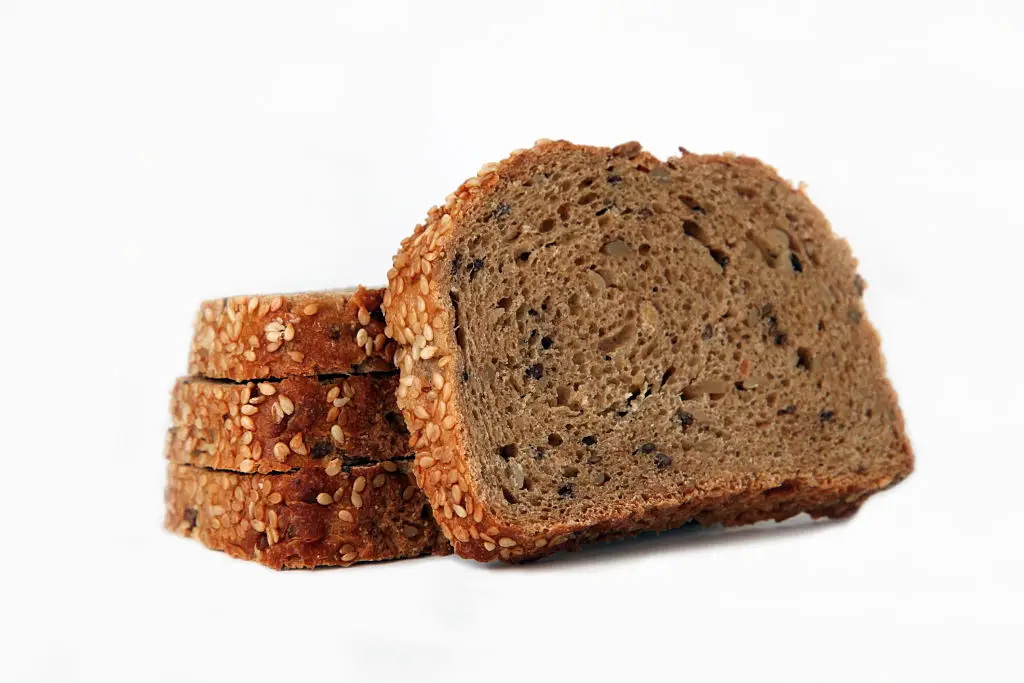Beyond the Salt Shaker: 12 Unexpected Foods That Secretly Hike Up Your Blood Pressure
Blood pressure concerns don't just begin and end with the salt shaker on your kitchen table. It's easy to assume that avoiding obvious salty foods is enough, but many everyday staples quietly raise blood pressure in ways we might not expect. The truth is, sodium hides in places that rarely taste overtly salty—woven into our breakfasts, snacks, and quick-fix meals. Nearly half of adults are unaware of their blood pressure numbers, and countless more overlook how their favorite foods, eaten out of habit, can shape their cardiovascular well-being. If you've wondered how someone who “eats healthy” can still struggle with high blood pressure, you're in good company. The challenge? Our busy lives mean many of us lean on packaged, restaurant, or seemingly “safe” choices that add up, sodium-wise, without us realizing. The US health authorities recommend about 2.3 grams of sodium per day—roughly a teaspoon of salt. But even diligent, health-conscious eaters can overshoot this mark thanks to invisible ingredients in familiar foods. This isn't about restriction or blame—it's about shining a light on the ways small, mindful swaps can have a big impact on how you feel, both now and as you age. Let's look past obvious culprits to uncover 12 unexpected foods that could be nudging your blood pressure higher—along with gentle, practical steps for keeping your heart and arteries happy for years to come.
1. Bread and Baked Goods

Bread often feels like a comforting base to many meals, but even a single slice can serve up a surprising amount of sodium. According to Action On Salt research, three out of four supermarket loaves contain up to 0.34 grams of salt per slice—matching the sodium in a handful of popular chips. Because bread is a staple, it's easy to overlook how quickly this salt accumulates over a day, especially if toast, sandwiches, and dinner rolls are regulars on your table. What adds to the confusion is that many people don’t associate bread with saltiness at all. For those aiming to manage blood pressure, the answer isn’t to abandon bread completely but to tune in to smart swaps. First, check the nutrition label for lower-sodium options or brands that specify “reduced salt.” Sprouted or whole grain breads tend to have more fiber and sometimes come in lower-salt varieties. Even cutting back by a slice or two per day, or opting for open-faced sandwiches, reduces cumulative intake. It’s a gentle shift that still honors the role of bread in fueling your day, while looking out for your long-term well-being.
2. Breakfast Cereals

Many people reach for cereal each morning expecting an energy boost—but few realize how much sodium is hiding in those familiar flakes and clusters. Dr. Pauline Swift from Blood Pressure UK points out that some breakfast cereals actually have more salt per serving than a bag of chips. Since cereals are often marketed as healthy, we’re rarely prompted to check the sodium content as rigorously as we might with savory snacks. To keep your blood pressure in check without ditching convenience, start by comparing nutrition labels at the store; some brands pack in 200 mg of sodium or more per serving, while others stay well below. Oats or minimally processed cereals tend to be lower in salt—enjoying them with fruit, cinnamon, or a sprinkle of nuts can add flavor without extra sodium. It’s a gradual, approachable shift that makes breakfast both nourishing and heart-friendly, perfect for anyone who likes to greet the day without worrying about hidden health hurdles.
